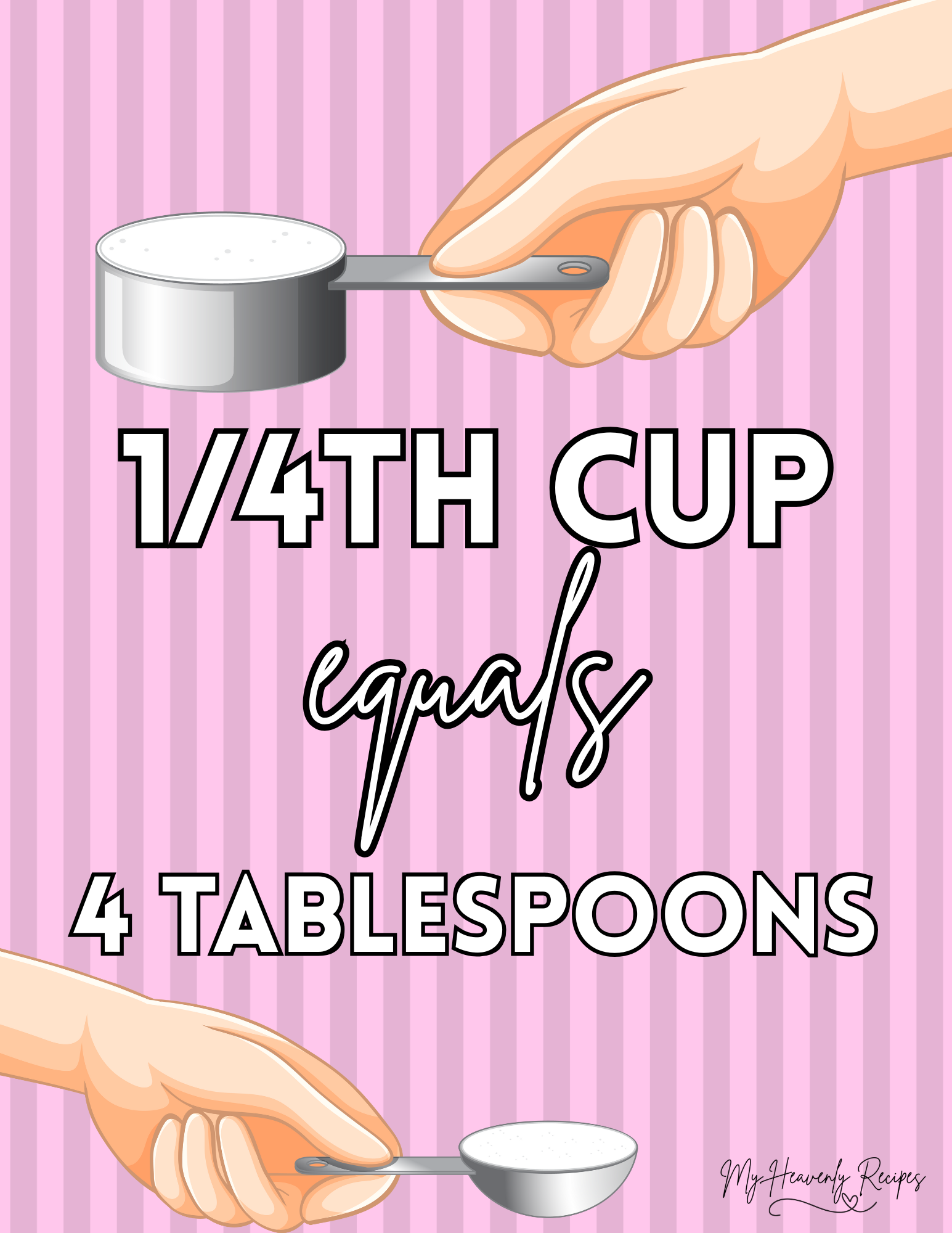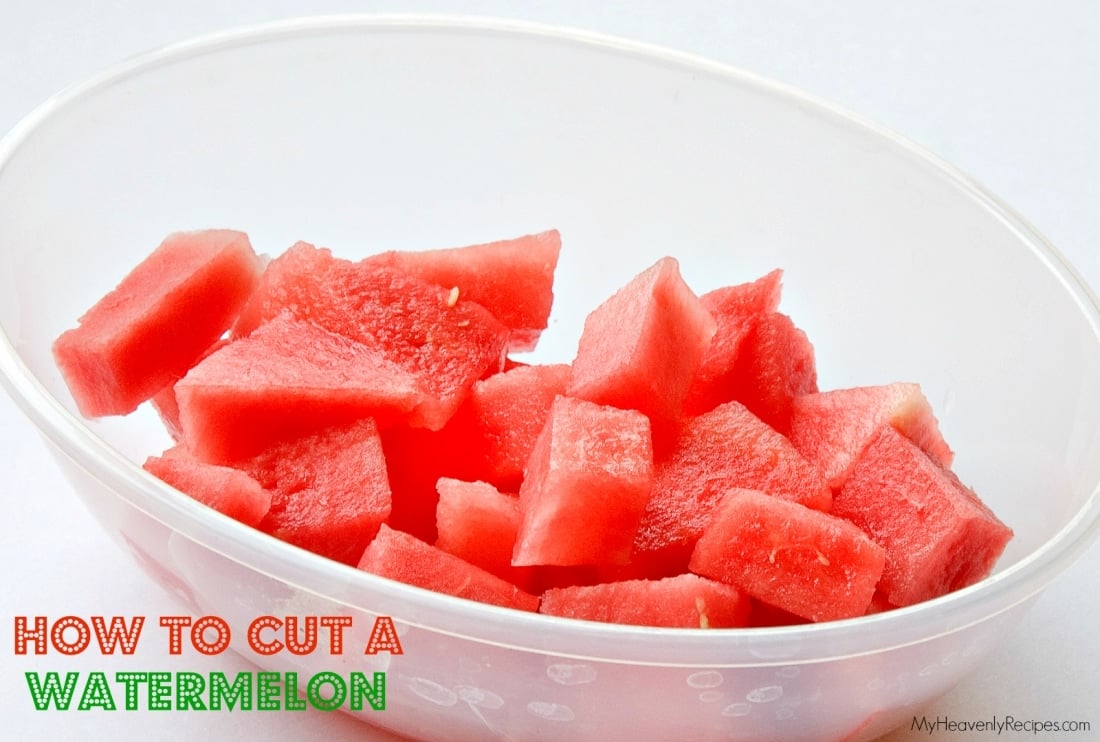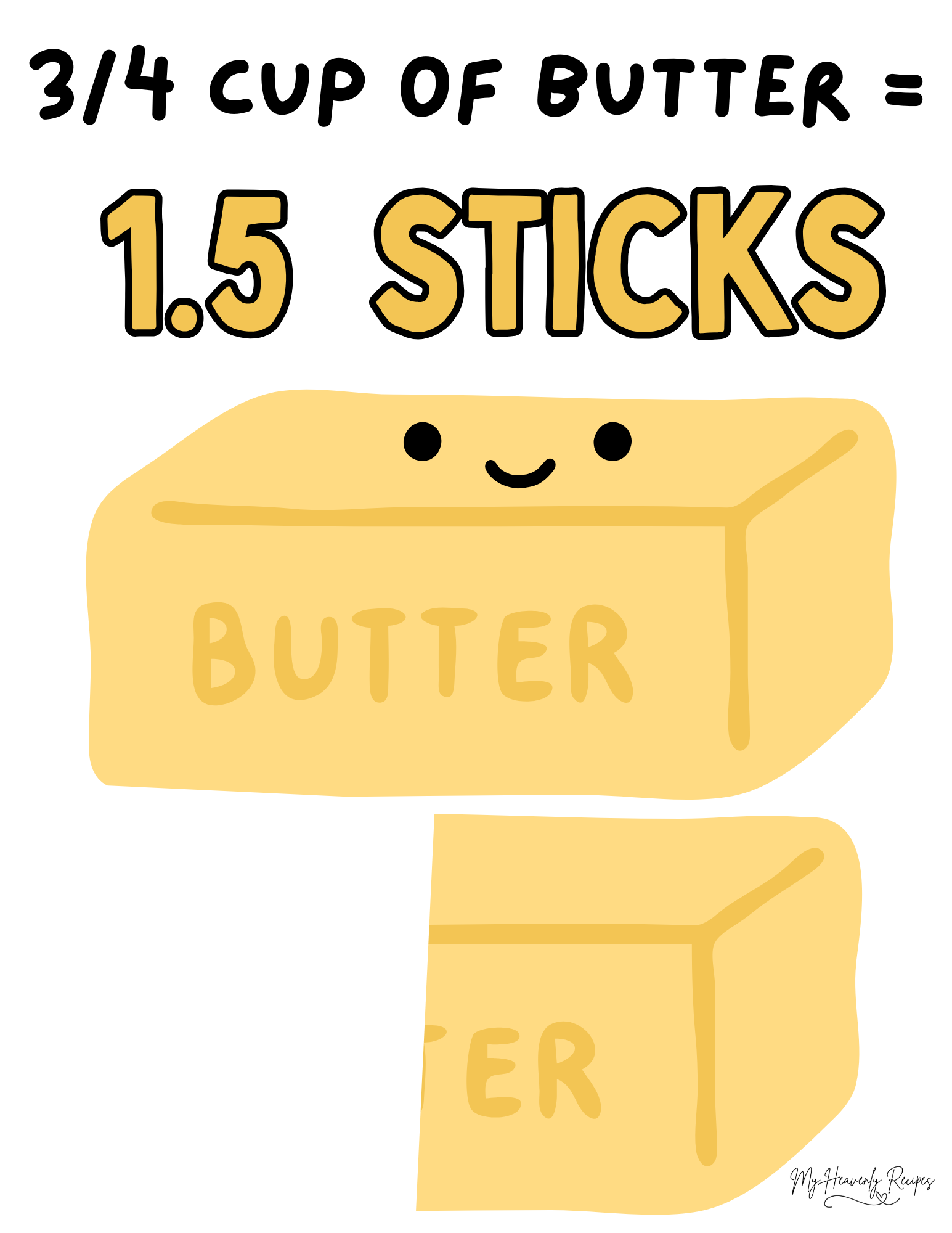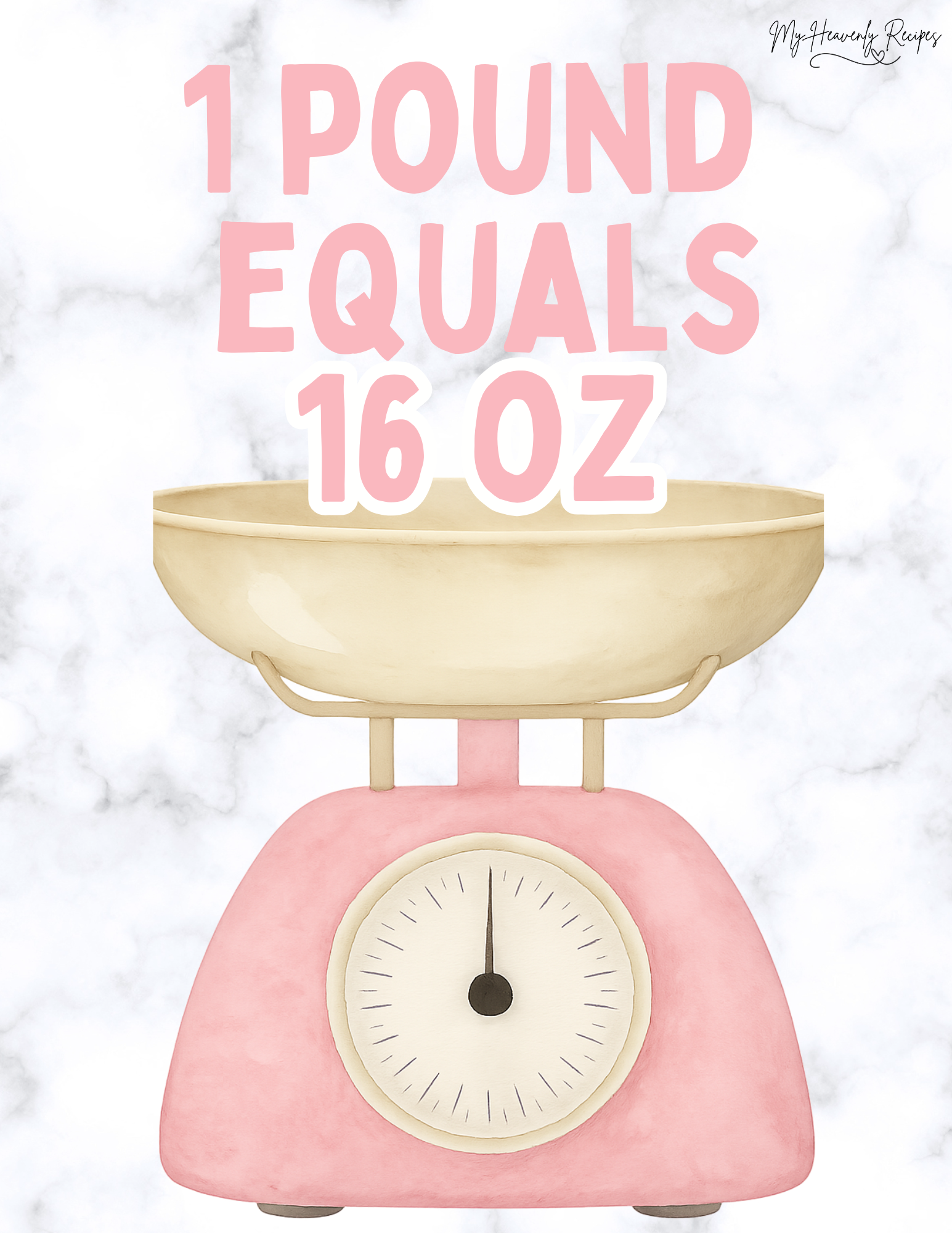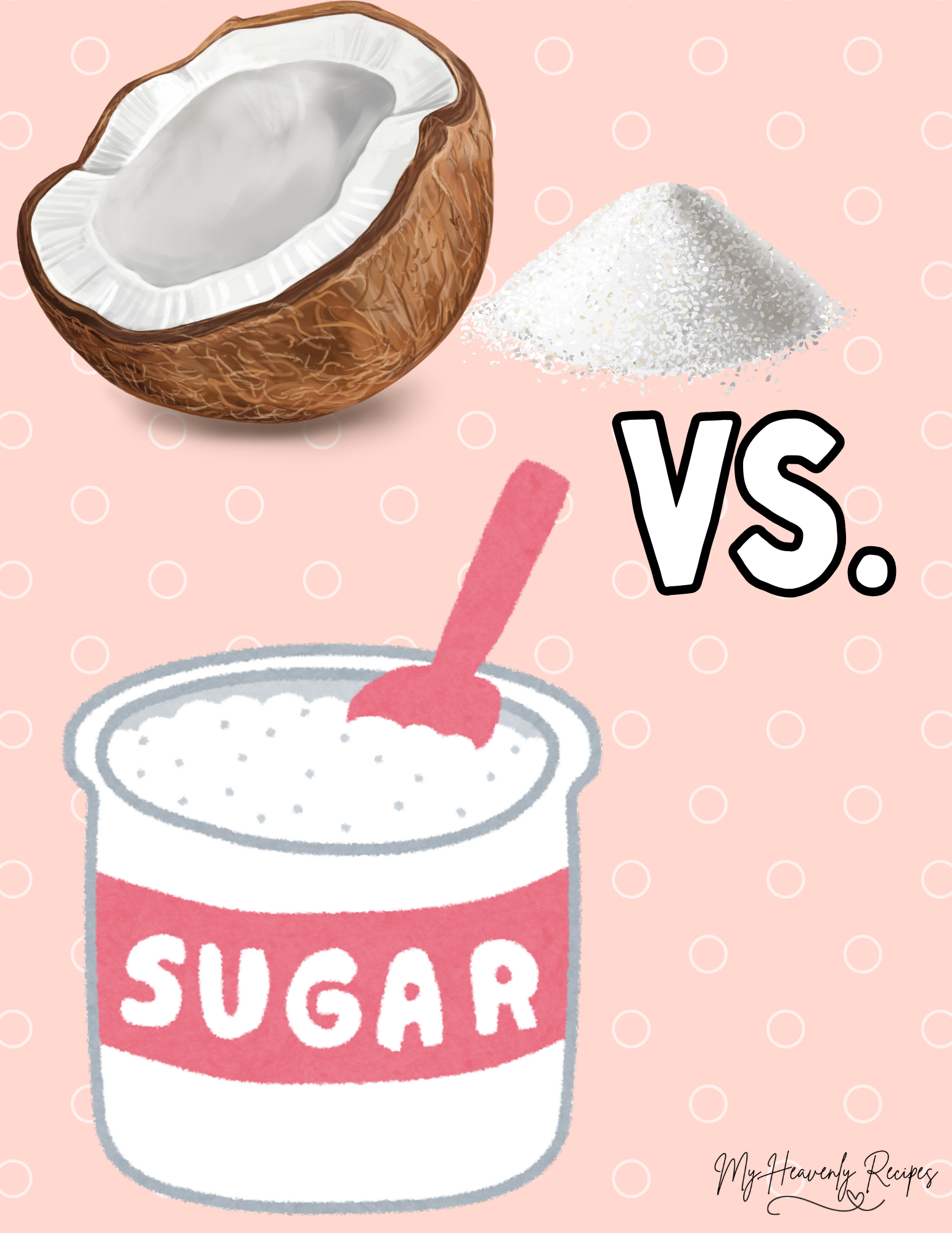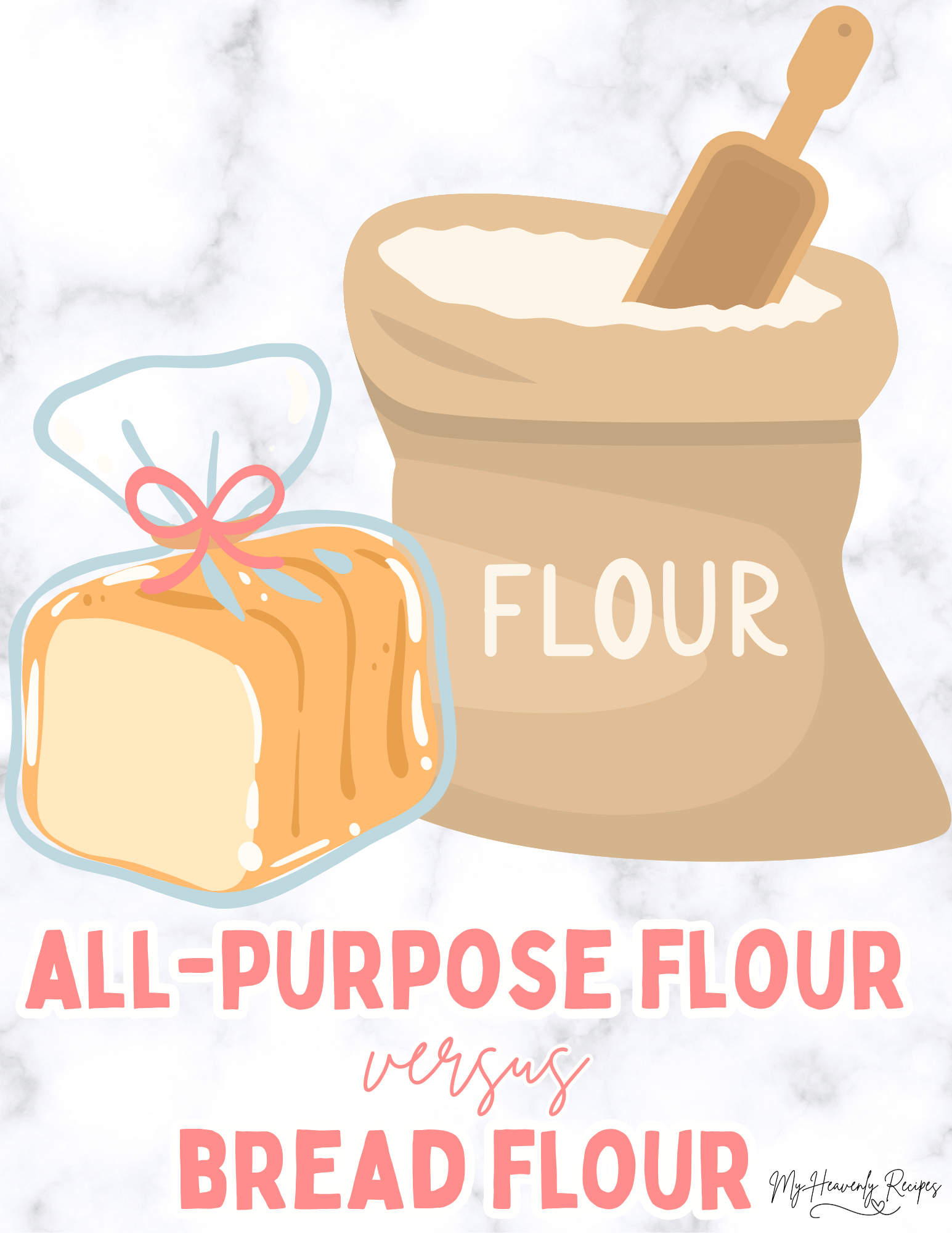Extra Virgin vs Virgin Olive Oil
Extra Virgin vs. Virgin Olive Oil: What’s the Real Difference?
Whether you’re drizzling it over a salad, dipping bread, or heating up a pan for sautéing, olive oil is a kitchen essential. But when you’re standing in the grocery aisle staring at “Extra Virgin Olive Oil” and “Virgin Olive Oil,” you might wonder—what’s the actual difference? Is one healthier? Better for cooking? Worth the extra money?
Let’s break it all down in a super simple, no-fuss way.
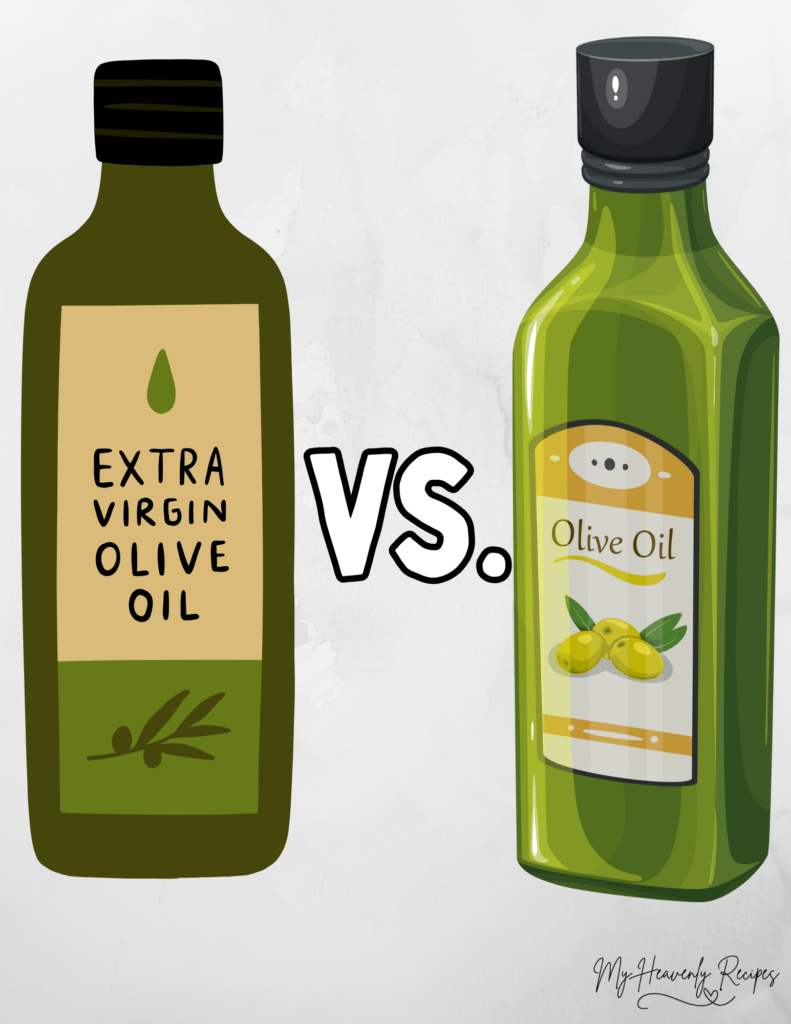
First, What Is Olive Oil?
Olive oil is made by pressing olives to extract the juice (aka the oil). Unlike seed oils that often need chemicals to be extracted, olive oil can be made just by crushing and pressing olives. That’s one of the reasons it’s praised for being a more natural fat.
There are several types of olive oil, but the most commonly confused are:
- Extra Virgin Olive Oil (EVOO)
- Virgin Olive Oil
They’re similar… but not quite the same.
Quick Comparison Chart
| Feature | Extra Virgin Olive Oil (EVOO) | Virgin Olive Oil |
|---|---|---|
| Acidity Level | ≤ 0.8% | ≤ 2% |
| Taste | Fruity, bold, no defects | Milder, may have slight flavor flaws |
| Processing | Cold-pressed, unrefined | Cold-pressed, unrefined |
| Quality Grade | Highest | Slightly lower |
| Smoke Point | ~375°F (190°C) | ~420°F (215°C) |
| Color | Deep green to golden | Light golden |
| Best Use | Salad dressings, dips, finishing oil | Cooking, sautéing, baking |
| Shelf Life | 12–18 months | 12–18 months |
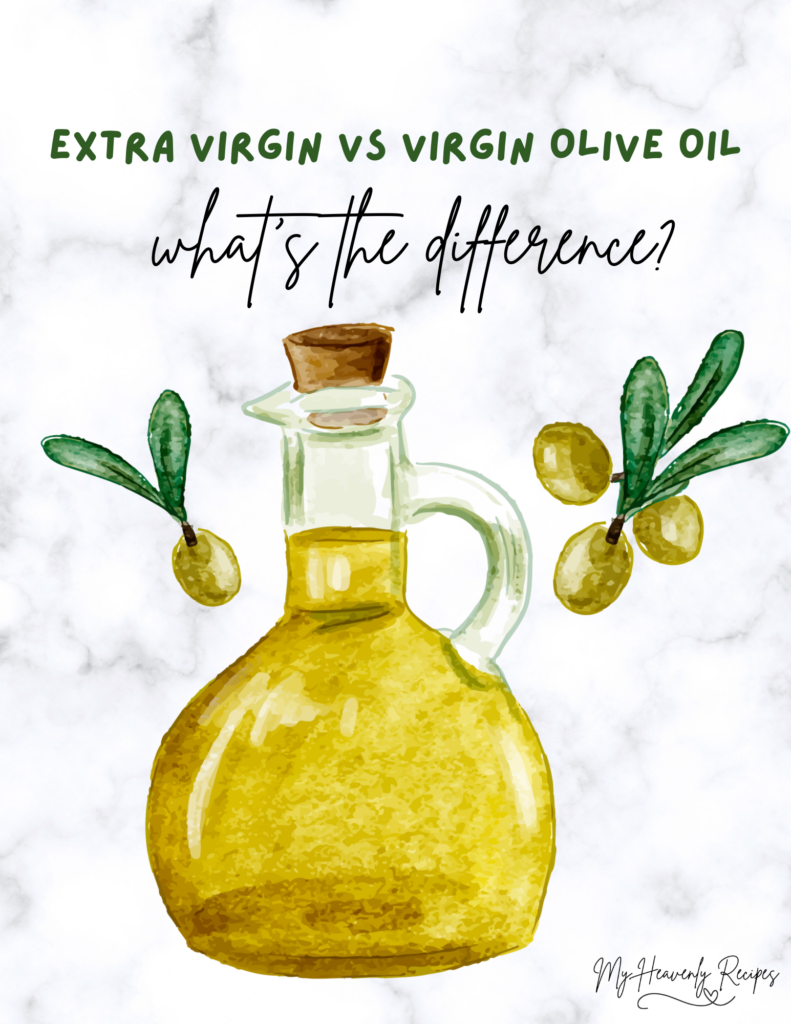
What Makes Extra Virgin Olive Oil “Extra”?
Extra Virgin Olive Oil is the highest quality olive oil you can buy. It must meet strict international standards for purity, flavor, and acidity. It’s made purely from cold-pressing olives (no heat or chemicals) and must taste great—no off smells or rancid notes.
It’s “extra” because:
- It has super low acidity (≤ 0.8%)
- It’s never refined (so it keeps all its antioxidants and nutrients)
- It tastes amazing—peppery, fruity, sometimes grassy
If you’ve ever coughed after sipping high-end olive oil—that peppery kick? That’s oleocanthal, a natural anti-inflammatory compound found in fresh EVOO.
What About Virgin Olive Oil?
Virgin Olive Oil is also made from the first pressing of the olives, using no chemicals or heat. It’s still a natural, unrefined oil, but the main difference is that it’s allowed to have slight defects in flavor and a higher acidity (up to 2%).
It’s totally safe and healthy, but it might taste a bit flatter or more neutral. Still a good oil, just not extra good.
Which One Should You Cook With?
For Raw or Cold Uses (where taste really matters):
- Go with Extra Virgin Olive Oil
- Ideal for: salad dressings, drizzling over roasted veggies, dipping bread, topping pasta or soup
For Cooking with Heat:
- Virgin Olive Oil might actually be better for sautéing, roasting, or frying because:
- It has a slightly higher smoke point
- It’s cheaper, and the subtle flavor loss isn’t as noticeable when cooking
Note: EVOO can still be used for most stovetop cooking. Just avoid super high-heat methods like deep frying unless you’re watching the temperature.
Cooking Tip: Don’t Be Afraid to Heat EVOO
There’s a myth that heating EVOO makes it “toxic.” That’s not true. Heating olive oil doesn’t magically turn it into poison—it just breaks down some of its delicate flavors and antioxidants.
As long as you’re not burning it (aka smoking heavily), EVOO is safe to cook with.
Health Benefits of Both
Both extra virgin and virgin olive oil are:
- Rich in heart-healthy monounsaturated fats
- Packed with antioxidants (especially EVOO)
- Linked to reduced inflammation
- A core part of the Mediterranean diet, one of the world’s healthiest ways of eating
FAQs
Q: Is there a big taste difference?
A: Yes! EVOO has a stronger, more complex flavor—sometimes grassy, peppery, or fruity. Virgin olive oil is milder and less aromatic.
Q: Can I fry with EVOO?
A: You can, but it’s better for medium-heat cooking. For deep frying or searing at high temps, use virgin olive oil or a neutral oil like avocado or sunflower oil.
Q: How should I store olive oil?
A: Keep it in a cool, dark place, tightly sealed. Light and heat degrade olive oil quickly. Avoid clear bottles unless they’re stored in a dark cabinet.
Q: How long does olive oil last?
A: About 12–18 months after it’s bottled. Check the harvest date if it’s listed—not just the best-by date. Fresh is best.
Q: Is EVOO worth the extra price?
A: For anything where the flavor shines—absolutely. For everyday cooking? You can save a few bucks and use virgin or even pure olive oil.
Shopping Tip: Look for These on the Label
- “Cold-pressed” or “First cold-pressed”
- Harvest date (fresh is better)
- Dark glass bottle (protects from light)
- Certification seals (like PDO, PGI, or COOC)

